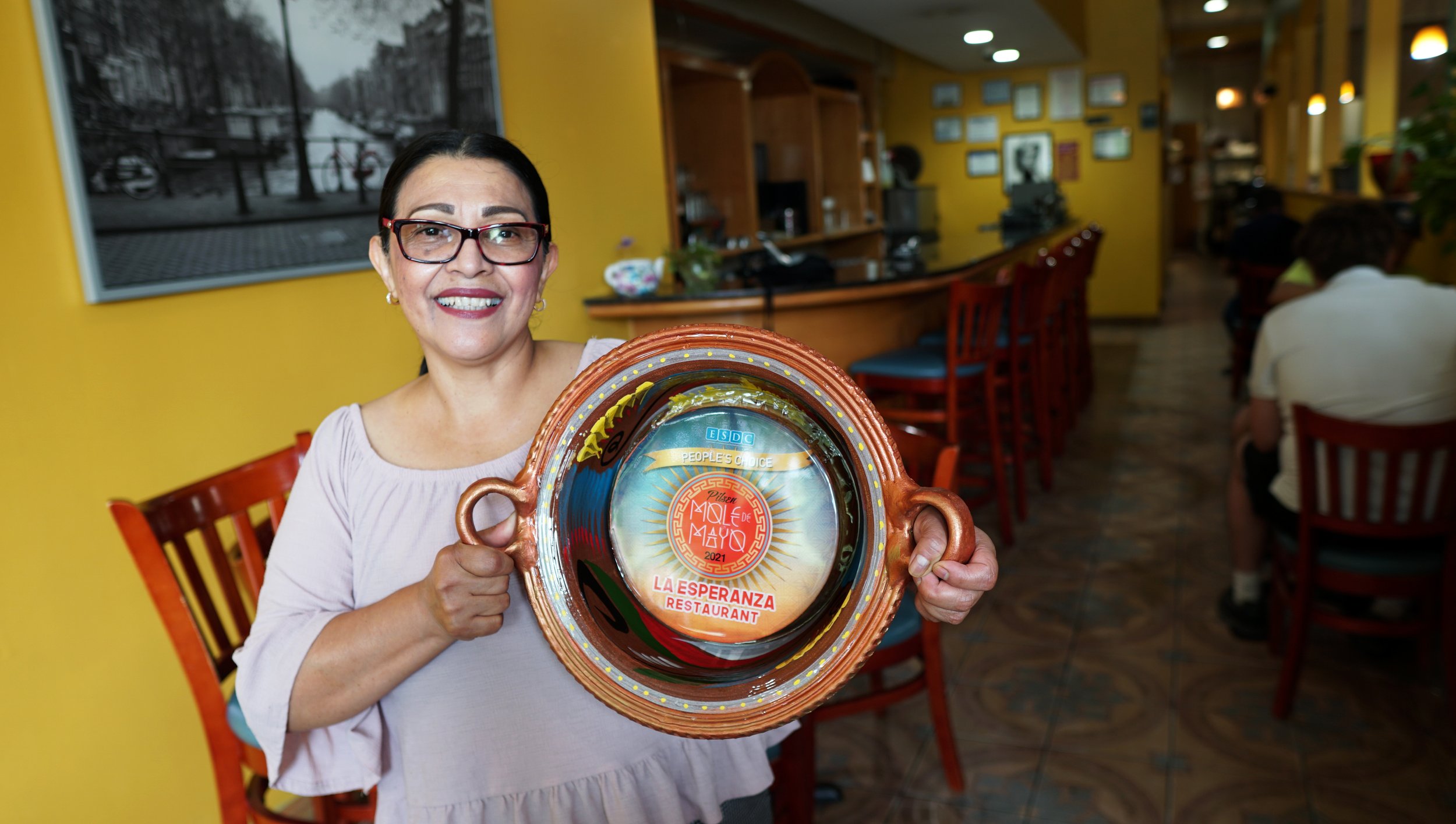MoLE FEATURE ARTICLE
Get Ready for Mole de Mayo—but First: Do You Know the History of This Mexican Culinary Treasure?
By Kim Caviness
Mole de Mayo is here! Like most of you, we counted down the days to the 13th annual three-day food and music fest in Pilsen this May 26 to 29. We hope to see you at 18th Street and Ashland, checking out live bands, shopping for artisanal goods and crafts, and (best of all!) tasting the rich range of traditional moles from the neighborhood’s Mexican restaurants and festival vendors.
Who will win this year’s Best Mole cazuela prize? You tell us! Drop by, choose your favorite, and vote. Felicidades to last year’s ganadoras: Marcelina Hernandez of Yvolina’s Tamales, 2021 which won Best Mole, and Rosita Camarena of La Esperanza, voted the People’s Choice.
Here at Familia Kitchen—where we celebrate authentic family recipes from all the Spanish-speaking places we come—we love mole. Now that it’s finally here, let’s take a minute to appreciate the history of mole, the national culinary treasure of Mexico.
The First Mole in the History Books
The earliest known historical reference to this dish dates to a 16th-century review of Mesoamerican ethnography: Historia General de las Cosas de Nueva España, by Bernardino de Sahagún. In his account, we learn about los Aztecas’ elaborate ritual preparations to honor Xiuhtecuhtli, the Aztec God of Fire. In addition to tamales, the friar wrote, the Aztecs served a type of crawfish called “acocil” with a stew they called “chalmulmulli.” We draw your attention to the last third of this word: mulli—or as it’s also spelled: mōlli. In Nahuatl, mōlli means “sauce” or “mixture.” In their molcajetes, early Aztec sauciers cooked and mashed moles together with pre-Hispanic ingredients like pepitas, xocolatl (Nahuatl for “chocolate”), tomatoes, and chiles (from the Nahuatl chīlli, for “hot pepper”).
Some 400 years ago, mole was a time-consuming meal prepared on special occasions—and not much has changed! Depending on the type of mole you’re making, you may find yourself using up to 50 ingredients—which is the point. Mole is a special meal designed to honor those who share it. Today, mole continues to be served at our most important occasions that require commemoration: baptisms, birthdays, quinceañeras, weddings, anniversaries, national feasts like Mexican Independence Day on Sept. 16, funerals. And, of course!, Mole de Mayo, where you can experience the culinary legacy of the Aztecs in a modern-day celebration of food, culture and community.
Until then, if you want to go deeper into the history of this dish and the ingredients used to make the seven moles, check out our Familia Kitchen mole guide. And if you want to make your own at home after the festival, check out these authentic mole recipes shared by families with Familia Kitchen. We gather these recipes to share them and keep the mole love going strong with the next generaciones of mole makers.
You can also find more authentic recipes from all the Spanish-speaking places we come from at FamiliaKitchen.com.
La Esperanza Restaurant, 1864 S Blue Island Ave, Chicago, IL 60608 - (312) 226-9640
Yvolina’s Tamales. 814 W 18th St, Chicago, IL 60608 - (312) 731-3167



